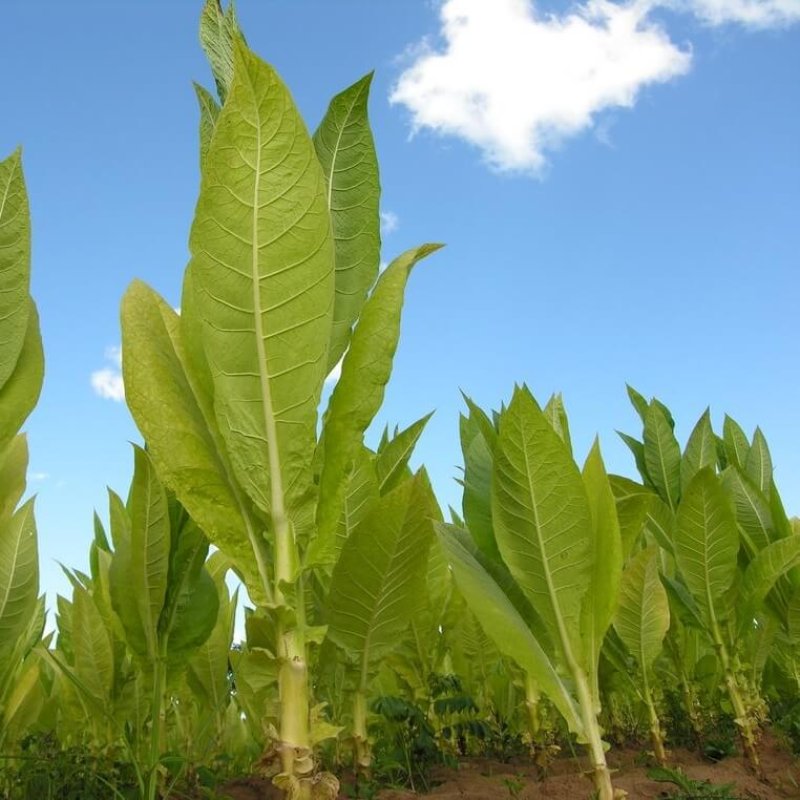When German pathologist Robert Koch discovered the bacterium behind tuberculosis in 1882, he included a short guide for linking microorganisms to the diseases they cause. It was a windfall for germ theory, the modern understanding that pathogens can make us sick. But it didn’t only shake up the field of medicine: Botanists took note, too.
When a blight of mosaic disease threatened European tobacco crops in the mid-1800s, plant pathologists set out to identify its root cause. For decades, only one forward-thinking botanist, Martinus Beijerinck, realized the source was neither a bacterial nor a fungal infection, but something completely different: a virus.
Today, we know that viruses can be found nearly anywhere in the air, oceans and soil. A tiny percentage of these are dangerous pathogens that cause disease, such as the current coronavirus called SARS-CoV-2 causing a worldwide pandemic. Yet the study of viruses started not in medical science, but in botany, the study of plants. Viruses are so small—and so strange—that it would take decades for scientific consensus to agree that they exist at all.































